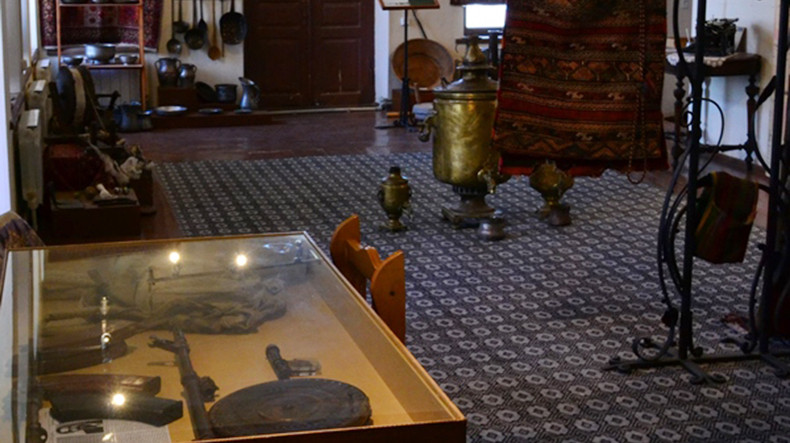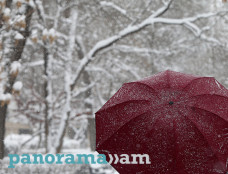
Shushi Museum of History sees drop in visitors after April war
Director at Shushi Museum of History Ashot Harutyunyan says museum attendance has been low following the April War that broke out in 2016 along the frontline of the Nagorno Karabakh Republic (NKR) and Azerbaijan. In an interview with Panorama.am, Harutyunyan estimated the museum welcomed 2,207 visitors last year, with 480 foreigners, 620 - from Armenia, 843 - for NKR. The number in 2015 accounted for 2,596 in 2015, out of which 650 were foreigners, 470 – from Armenia, 753 - from NKR.
According to him, mainly students and foreigners, in particular elderly people from academic circles visit the museum.
Replying to question what drives the visitors and what they are most of all at interested in while attending the museum, Harutyunyan said: “Most of the foreigners are well informed about the history, and they are interested in the exhibits displayed at the museum. Our data are based on archeological excavations from 2005, critical analysis of Azerbaijani archaeologists done in 1973-75 as well as on number 8211 archive material of Matenadaran (the Mesrop Mashtots Institute of Ancient Manuscripts). They often get into active discussions over our version of the khan’s period which is the summary of my 20-year long research. The visitors point out also the non-typical museum premises, instead expecting more spacious venues.”
The director next informed that visitors are interested in their analysis of historic data, which is against the existing official version. They admire Tadevos Tamiryan renovated lobby, that came true due to generous contributions from Tufenkian Foundation and The Qababjians.
In Harutyunyan’s words, the Museum of History is visited for its cultural artifacts, history of Shushi, a beautiful collection of household articles from the late middle ages. The Museum of History houses around 5,000 artifacts from a variety of archaeological locations as well as donations.
Harutyunyan informed four major exhibitions were organized in 2016. The museum plans to organize more thematic exhibitions in 2017 on topics such as “The March 1920 Genocide of the Shushi’s Armenian population,” “25th Anniversary of Shushi Liberations,” “191st Anniversary of Shushi Heroic Defense.”
The building of the History Museum was built in early XIX century, where the family of Tsarist Army Lieutenant Colonel Isayi Gharamyants lived. The building later served as a public venue, where prominent Shushi residents - architect Simon Ter-Hakobyan, composer Grigor Syuni, novelist Raffi and others lived for different periods of their lives.
During the Soviet years the building of the museum served as the town’s maternity hospital until 1973 and then was adjusted to serve as a Museum of Eastern Carpets. Since May 28, 1992, the Museum of History and Geology was housed in the building that today serves as the Shushi Museum of History.
Newsfeed
Videos






























